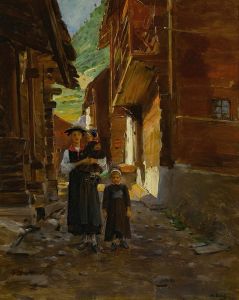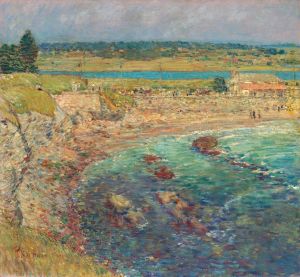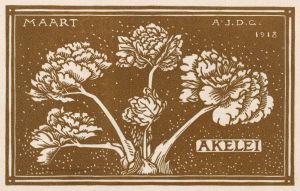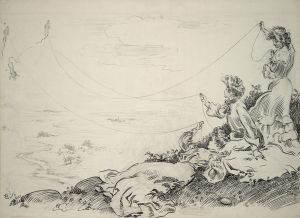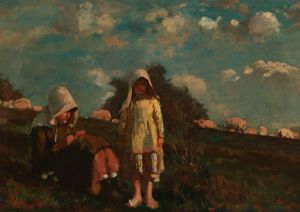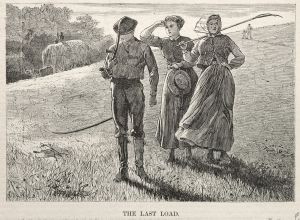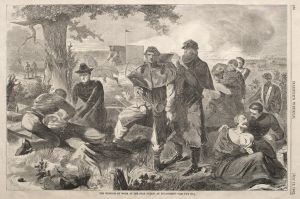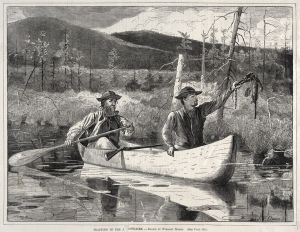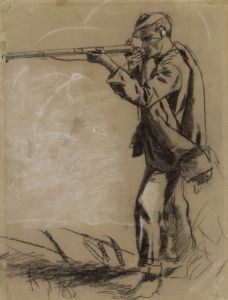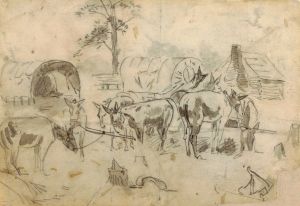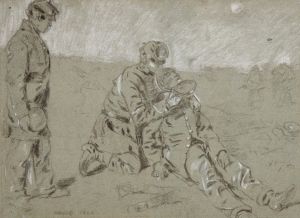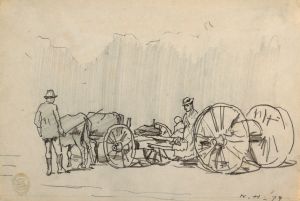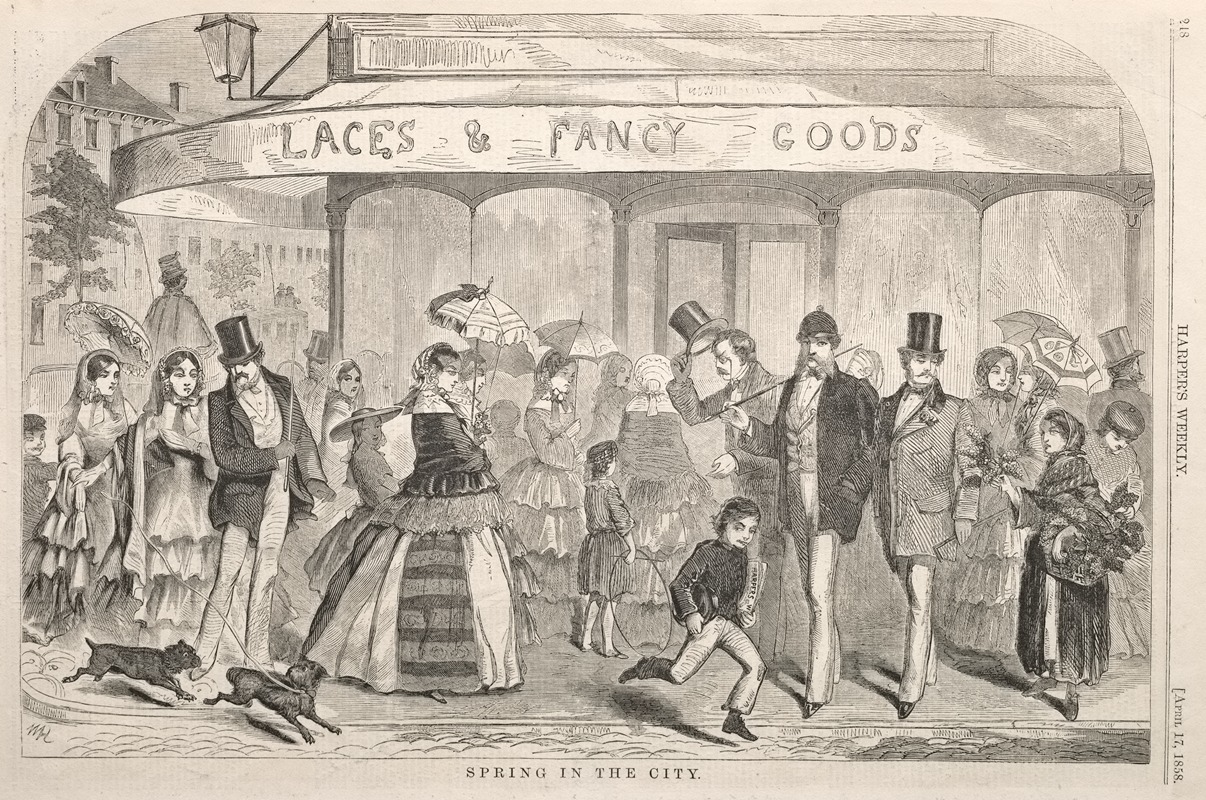
Spring in the City
A hand-painted replica of Winslow Homer’s masterpiece Spring in the City, meticulously crafted by professional artists to capture the true essence of the original. Each piece is created with museum-quality canvas and rare mineral pigments, carefully painted by experienced artists with delicate brushstrokes and rich, layered colors to perfectly recreate the texture of the original artwork. Unlike machine-printed reproductions, this hand-painted version brings the painting to life, infused with the artist’s emotions and skill in every stroke. Whether for personal collection or home decoration, it instantly elevates the artistic atmosphere of any space.
Winslow Homer, an American artist renowned for his landscape and marine subjects, created "Spring in the City" in 1874. This painting is a part of Homer's exploration of urban life, a theme he occasionally visited amidst his more famous depictions of rural and coastal scenes. "Spring in the City" captures a moment of urban renewal and the vibrancy of city life during the spring season, a time traditionally associated with rebirth and rejuvenation.
The painting is executed in oil on canvas, a medium Homer frequently employed, allowing him to capture intricate details and vibrant colors. In "Spring in the City," Homer presents a scene that contrasts with his more commonly known works that often focus on the ruggedness of nature and the sea. Instead, this painting offers a glimpse into the bustling life of the city, reflecting the changes and growth occurring in urban America during the late 19th century.
Homer's work during this period often depicted the everyday lives of people, and "Spring in the City" is no exception. The painting likely features figures engaged in daily activities, set against the backdrop of a cityscape that is coming to life with the arrival of spring. The composition and use of color in the painting would have been intended to evoke the freshness and energy of the season, capturing the essence of springtime in an urban environment.
The 1870s were a transformative time in America, with rapid industrialization and urbanization reshaping the landscape and society. Artists like Homer were keen observers of these changes, and their works provide valuable insights into the cultural and social dynamics of the era. "Spring in the City" can be seen as a reflection of these themes, illustrating the intersection of nature and urban life.
Homer's ability to convey emotion and narrative through his art is evident in this painting. His attention to detail and the subtle interplay of light and shadow would have been used to create a sense of depth and movement, drawing viewers into the scene. The painting likely captures the optimism and energy of spring, a time when the city would be bustling with activity and the promise of new beginnings.
While "Spring in the City" may not be as widely recognized as some of Homer's other works, it contributes to the broader understanding of his artistic range and the themes he explored. Homer's work continues to be celebrated for its technical skill and its ability to capture the spirit of American life during a period of significant change.
Overall, "Spring in the City" is a testament to Winslow Homer's versatility as an artist and his keen observation of the world around him. Through this painting, Homer offers a snapshot of urban life in the 19th century, infused with the vitality and promise of spring.





